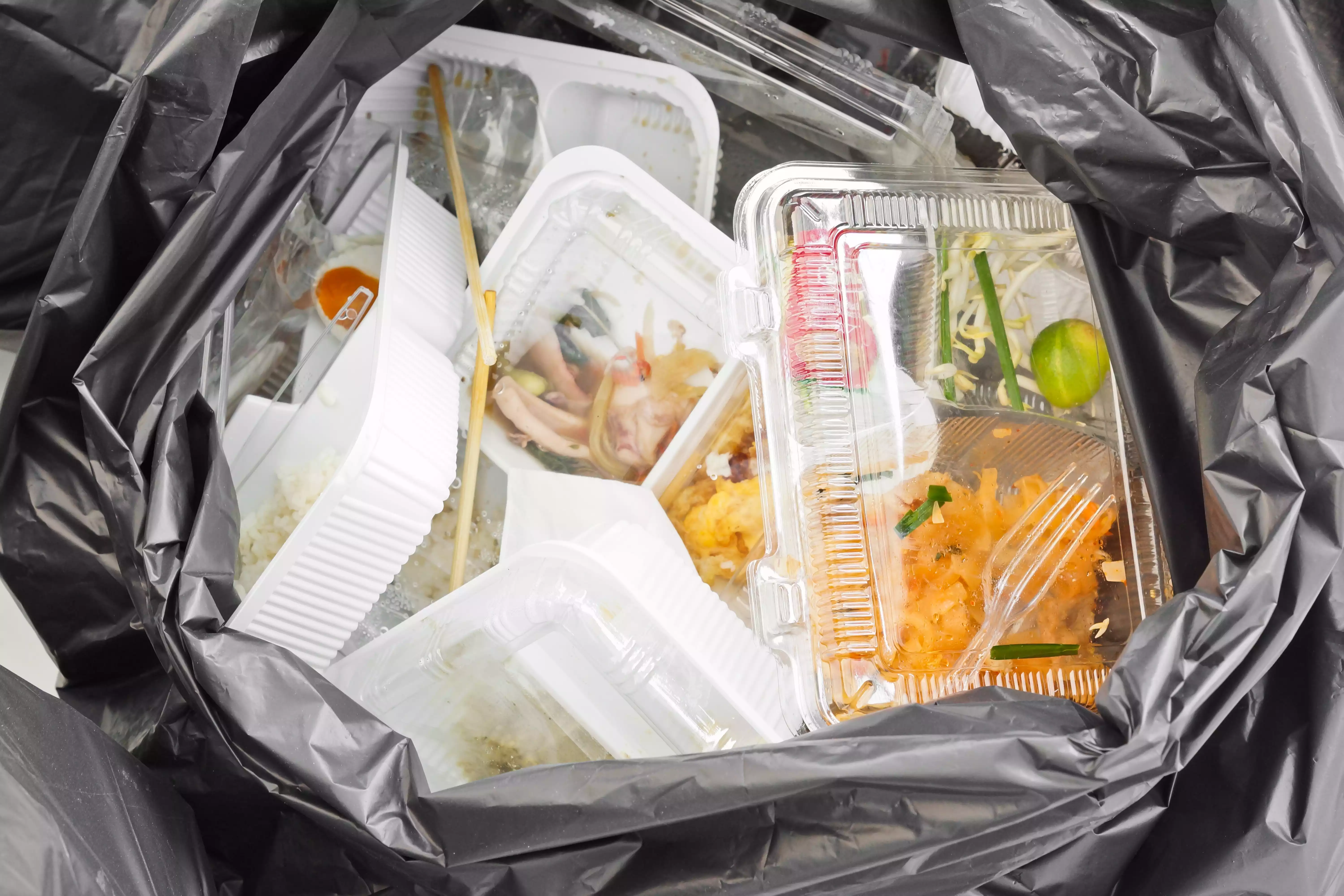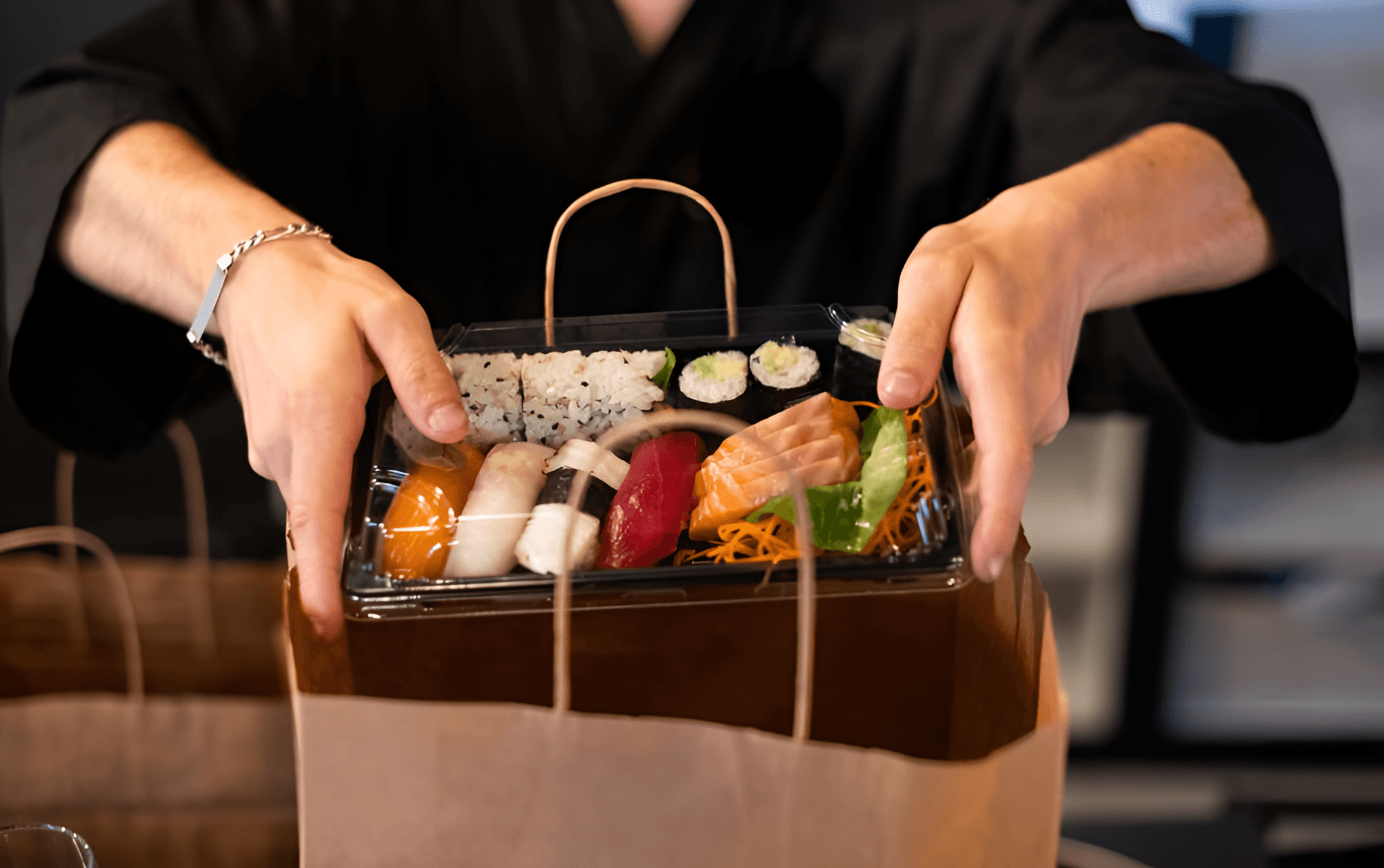Oct 16, 2024
In the age of convenience, food delivery apps like UberEats, DoorDash, and SkipTheDishes have become essential to the way we dine. These platforms promise ease, speed, and access to a wide variety of local restaurants across Ontario. Yet despite their popularity, there’s growing dissatisfaction with how these apps operate. High fees, poor customer experiences, unsustainable practices, and a lack of support for local businesses are just some of the reasons why many are beginning to say delivery apps are "broken."
1. High Fees for Merchants
One of the most significant problems delivery apps pose is their impact on small businesses. Many apps charge commissions as high as 30% on every order. For restaurants already struggling with inflation and higher food costs, these fees can be devastating. In fact, a 2023 study from Restaurants Canada found that over 65% of restaurant owners feel these high commissions make it nearly impossible to stay profitable.
For example, in cities like Toronto and London, Ontario, where operating costs are already high, small eateries are often forced to increase menu prices just to offset the commission fees, creating a negative loop for consumers. As delivery apps prioritize chains with more resources, local businesses are sidelined, which only diminishes the local food culture.

2. Poor Customer Experience
Another major issue with food delivery services is inconsistent service quality. Many customers report experiences with late deliveries, wrong orders, or cold food. According to a survey from MarketWatch, 35% of food delivery app users in Canada had experienced order problems in the past six months, with many feeling that there’s no clear path to resolving issues. When things go wrong, customers are often unsure who is responsible—the restaurant, the driver, or the app itself.
Moreover, the hidden fees for consumers are frustrating. What starts as a $15 meal can quickly balloon to over $30 after adding in service fees, delivery charges, and tips. This makes food delivery less accessible, particularly when faced with rising living costs across Ontario. In fact, data from Statista shows that the average delivery fee has increased by nearly 20% over the past three years, making what was once a convenient option feel like a luxury.
3. Unsustainable Model for Drivers
For delivery drivers—often classified as gig workers—the current model can be equally problematic. With fluctuating earnings dictated by an algorithm, many drivers struggle to earn a sustainable income. According to a 2023 Toronto Star report, some drivers make as little as $6 per hour after covering expenses such as fuel, vehicle maintenance, and parking fees.
In busy cities like Toronto, Hamilton, and Ottawa, drivers are under constant pressure to complete more orders in less time. This creates unsafe driving conditions and contributes to burnout among delivery workers, many of whom have little to no job security or benefits.

4. Environmental Impact
The rise of on-demand food delivery has also introduced environmental concerns. With thousands of drivers crisscrossing cities daily, the emissions from delivery vehicles are contributing to an increase in carbon footprints. A report by Clean Cities Canada shows that food delivery vehicles in major Ontario cities contribute to 14% of all local traffic emissions.
On top of that, single-use plastics and packaging waste are on the rise. While some companies are experimenting with compostable packaging, the majority of food deliveries come in disposable plastic or Styrofoam containers, adding to Ontario’s already overwhelming waste problem.
5. Limited Support for Local Economies
Delivery apps may offer convenience, but they don’t necessarily support local businesses. In fact, most apps push deals from national chains over smaller, independent restaurants. This trend has been particularly noticeable in places like London, Ontario, where local restaurants are struggling to compete with chain promotions and priority placements on delivery apps.
Restaurants Canada reports that over 50% of local eateries say delivery apps are hurting their ability to attract new customers, with many forced to either increase prices or absorb losses. The personalization and unique dining experience that local restaurants provide are often lost when presented as just another option on a delivery app.

A Better Solution - Host
As food delivery apps continue to frustrate both businesses and customers, services like Host offer a smarter, more community-focused alternative. Here's why Host is a better option for restaurants and diners:
1. Free for Restaurants
Unlike major delivery apps that charge restaurants up to 30% in commissions, Host is completely free for participating businesses. Instead of forcing restaurants to mark up prices to cover exorbitant fees, Host allows them to offer deals directly to consumers. This keeps costs down and builds a stronger sense of community between local restaurants and their customers.

2. Better Quality Food and Dining Experience
With Host, customers are encouraged to dine in, enjoying their meals hot and fresh, just as they were meant to be experienced. This rekindles the restaurant experience that many of us lost during the pandemic. Dining out is on the rise again—75% of young people now value going out and experiencing new restaurants, according to a study by Zagat. Host brings the ambiance and joy of eating at your favorite local spot back to the forefront.
3. Eliminates Packaging Waste
By encouraging in-person dining, Host helps eliminate the waste associated with food delivery. No more single-use plastic containers or excess packaging—just a focus on great food in the restaurant’s intended setting, making it a more sustainable choice for eco-conscious diners.
4. Small Business First Focus
Host is built to support local mom-and-pop restaurants that often get overshadowed by larger chains on traditional delivery platforms. Small restaurants, which make up nearly 65% of the food service industry in Canada, often don’t have the marketing budgets to compete with corporate giants. Host ensures these smaller businesses get the visibility they deserve, creating more opportunities for local restaurants to thrive (Restaurants Canada).
In a world where delivery apps are broken, Host offers a solution that benefits restaurants, diners, and the community. It's not just about convenience—it's about reviving the dining experience and supporting local businesses that make our neighborhoods unique. Download Host, for free!
Are you a small business? Become a partner today - also for free, forever!






